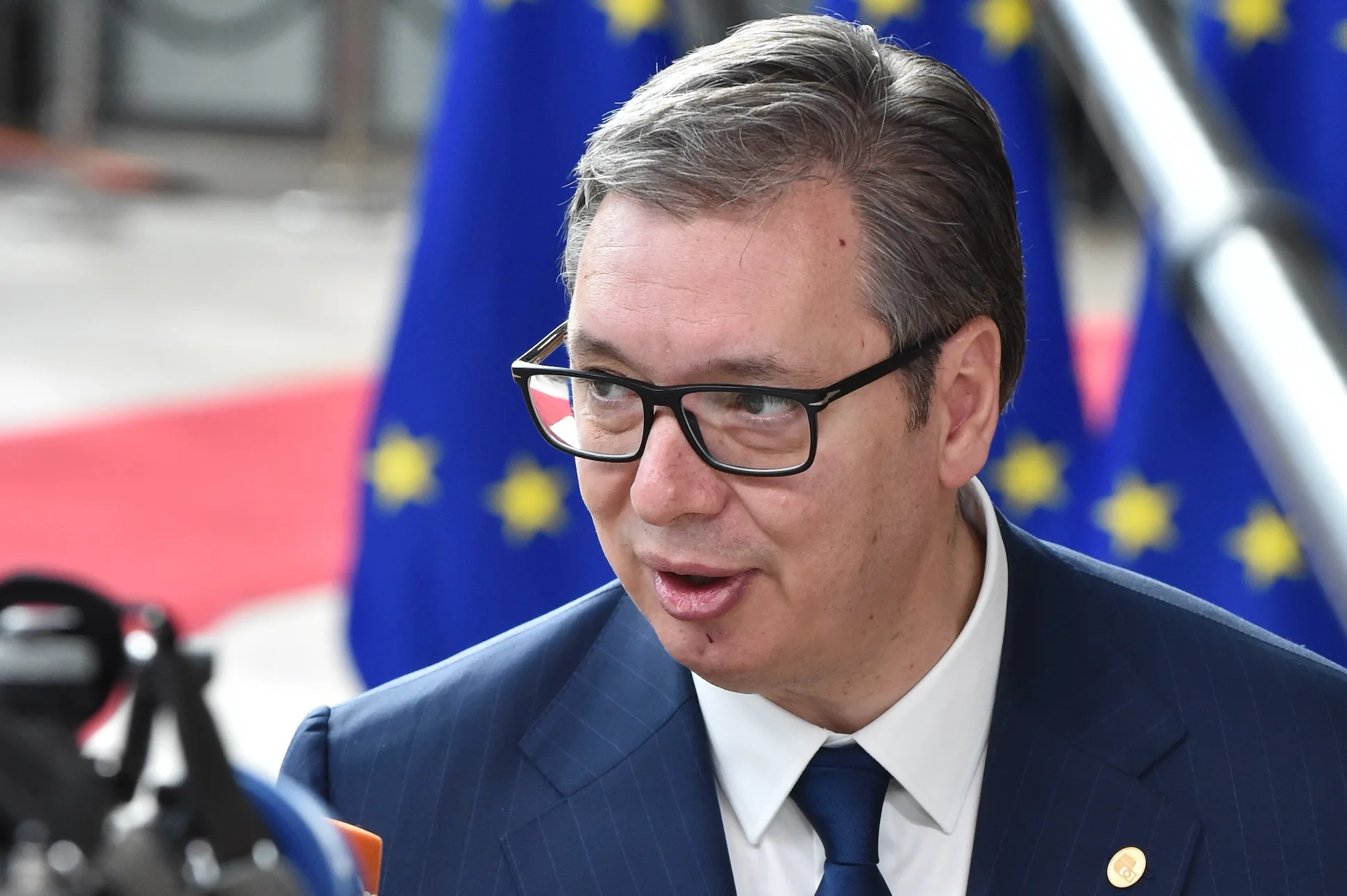In today’s changing geopolitical and economic landscape, energy companies in Central and Eastern Europe (CEE) are facing significant challenges (and opportunities).
Beyond commercial and technical issues, well-designed communication strategies and political and geopolitical risk management are becoming crucial for long-term success. The European Parliamentary elections will be a turning point for the direction of the European Union and, by extension, of its member states and the region.
Moreover, the importance of these elections goes beyond shaping the composition of the European Parliament, influencing policies, regional priorities, and legislative developments that may also directly affect strategic sectors, such as the energy industry.
The European elections are also crucial for CEE from an industry perspective. A strong European Parliament and cohesion among member states can ensure a stable and predictable environment for investment, promoting innovation and sustainable development.
CEE companies may also need to be aware of the risks associated with the EU elections. A fragmented outcome or political instability in the EU (especially in the context of a rise of extremist or populist parties) could lead to delays in taking important decisions and legislative uncertainty, affecting investment plans in the energy sector.
In addition, geopolitical tensions may influence energy policy and trade relations in the region, especially at a time when Europe is in the process of energy transition and shifting towards alternative sources for the secure supply of energy for all its citizens.
The risk of disinformation
One of the major risks for the energy industry is disinformation campaigns, which can distort public opinion and influence policy decisions.
Energy companies need to be prepared for information manipulation and invest in communication strategies to counter disinformation in the context of the war in Ukraine.
In the energy context, such campaigns influence perceptions on the sustainability of supply, the importance of green energy projects or regional partnerships, affecting energy prices, companies’ reputations, and even investment plans. Disinformation campaigns can also confuse consumers and damage business relationships, reducing confidence in business and institutional actors and affecting overall market performance.
To address these risks, energy companies should further strengthen their efforts in strategic communications, promote transparency, and actively participate in policy dialogues at regional and European levels.
Involvement in the democratic process and cooperation with institutional stakeholders can help shape a more stable political and legislative environment, conducive to the sustainable development of the energy industry in the region. With a more proactive and adaptive approach, CEE companies can become not only witnesses to policy changes, but also active influencers, increasingly contributing to the formulation of fair and sustainable policies for the region’s energy future.
Therefore, considering the 2024 European Parliamentary elections and inter-regional developments in the region—Western Balkans, South-East Europe, Ukraine, and the Visegrád area—companies should be proactive and focused on five key issues to remain competitive and relevant.
Five ambitions
These issues are also directly linked to the five ambitions for energy transition in Europe.
The first of these is green investment. With the increasing focus on sustainability and social responsibility, energy companies in the region should step up their efforts to attract more green investment. In this regard, effectively communicating their commitment to clean technologies and renewable energy projects can strengthen investor and consumer confidence. Also, active involvement in the EU’s green transition could not only support projects but also strengthen companies’ position as leaders in sustainable innovation.
The second ambition is efficient leadership and engagement. In an interconnected world, energy industry leaders should promote, in dialogues with institutional stakeholders, collaboration and effective governance to address common challenges. Companies should actively engage and build partnerships to address sector challenges. A united approach at the regional level can strengthen the position of the CEE in the face of external pressures and ensure a more stable business environment.
Third on the list is sustainable energy security. In the current context, in which energy security has become increasingly important, CEE companies also need to secure their supply sustainably and invest in clean energy sources. Communicating transparently on measures taken to ensure a secure and sustainable supply chain can boost the confidence of customers and business partners as well.
Fourth is the need to focus on consumers. Portfolio diversification and electrification are key to adapting to new market requirements. Companies should communicate about their efforts to diversify their energy sources and invest in technologies that support the electrification of different economic sectors. Communicating diversification strategies and the associated benefits can reinforce the image of CEE companies as pioneers in adapting to market changes.
Finally, the carbon footprint needs to be reduced. With increasing pressure to reduce carbon emissions, energy companies should show genuine commitment to robust carbon management strategies, in line with the plans and objectives of the European Union. From investing in carbon capture and storage technologies to effectively communicating progress in reducing their carbon footprint, companies should lead the fight against climate change. This, in the coming years, is paramount to success.
A unique opportunity
Politically, CEE companies need to focus on a balanced approach, based on principles of sustainability, economic stability, and regional cooperation. In this regard, an objective analysis of political platforms and offers is necessary in the electoral context. In turn, energy companies must look at political developments and grasp the possible scenarios and the associated strategic decisions.
It can therefore be said that CEE energy companies have a unique opportunity in 2024, to position themselves as regional trendsetters.
By adopting proactive communication strategies and managing political and geopolitical risks, these companies can become leaders in a rapidly evolving sector, helping to shape the region’s energy future, in cooperation with other stakeholders and partners, and strengthen their positions on the global sustainable energy map.







